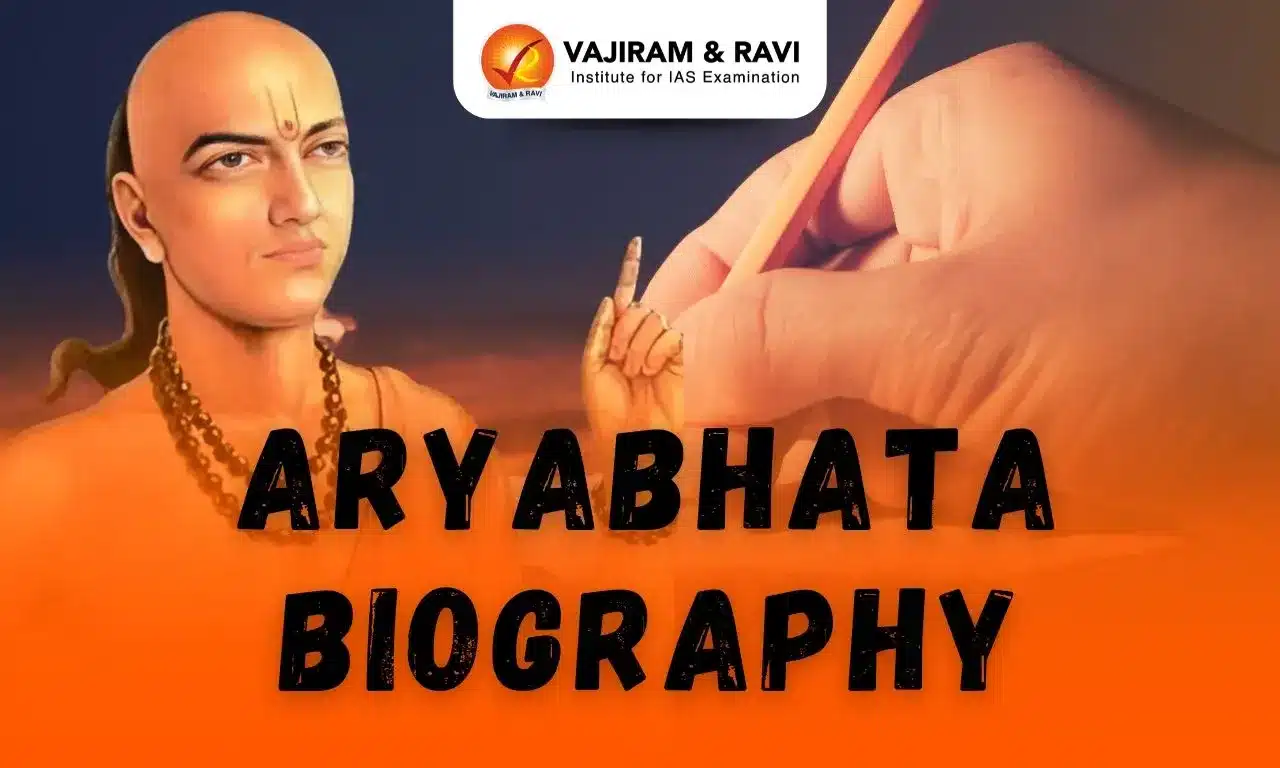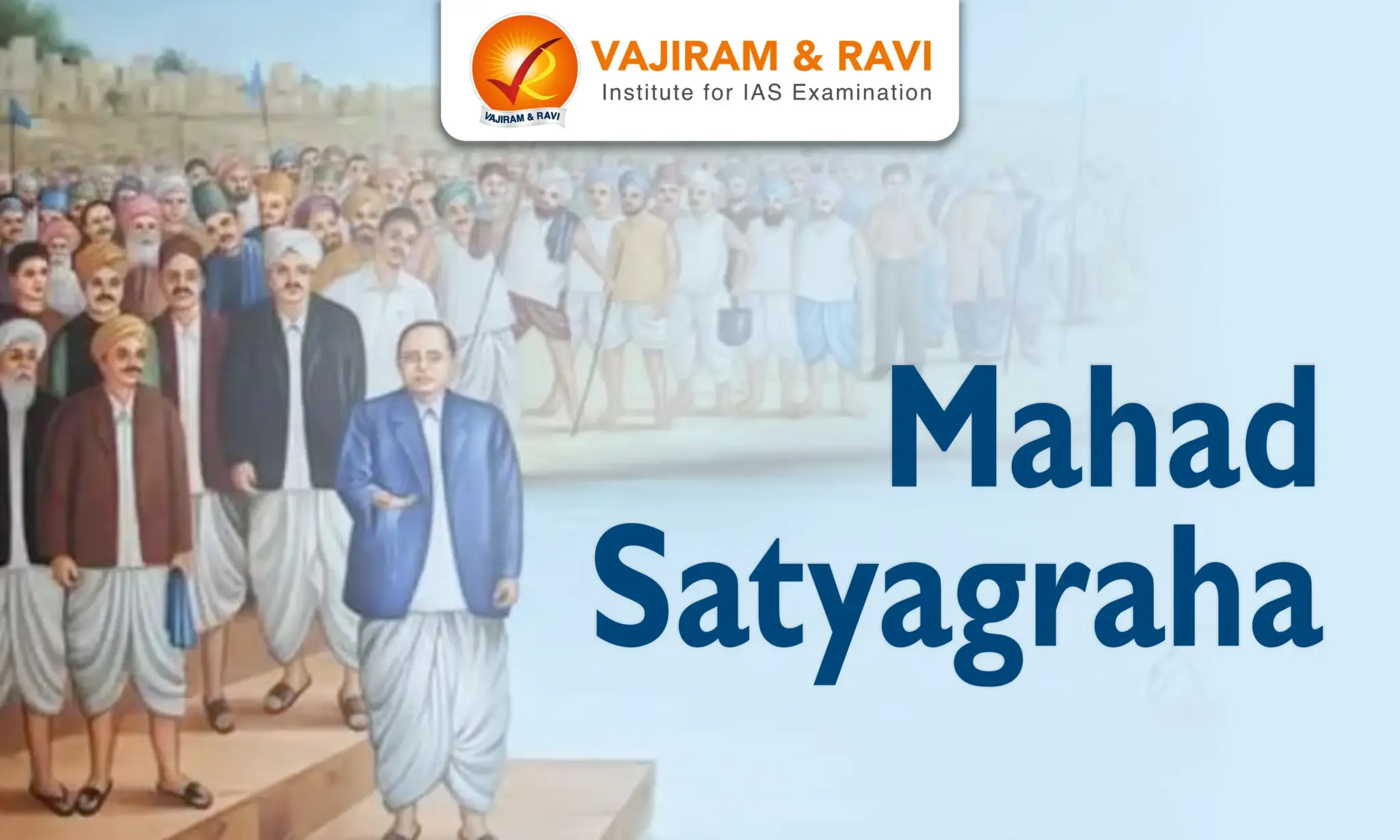Aryabhatta (476–550 CE) is regarded as a pioneer of mathematical astronomy in ancient India whose work is available to modern scholars. His works include the Aryabhatiya and the Arya Siddhanta.Among other things, Aryabhatta calculated the closest approximate value of ‘pi’ and he was the first to explain that the moon and planets shine due to reflected sunlight and made major contributions to the fields of trigonometry and algebra.
Aryabhatta Early Life
Aryabhatta (476–550 CE) was the first of the major mathematician-astronomers from the classical age of Indian mathematics and astronomy.
Aryabhatta Education and Career
Aryabhatta studied at Kusumapura (Patliputra) for advanced studies.
- Given that Nalanda University was located in Pataliputra and had an astronomical observatory, it is possible that Aryabhatta was the head of Nalanda University at that time.
- Aryabhatta is also said to have established an observatory at the Sun Temple in Taregana, Bihar.
Literary Works of Aryabhatta
Aryabhatta wrote several treatises on mathematics and astronomy, some of which have since been lost.
- Aryabhatiya (5th century AD): It is a detailed text on mathematics and astronomy.
- The mathematical part of the Aryabhatiya covers arithmetic, algebra, plane trigonometry, spherical trigonometry, fractions, quadratic equations, sums-of-power series, and a table of sines.
- Khagol-shastra: The part of Aryabhatiya which deals with astronomy is known as Khagol-shastra.Khagol was the famous astronomical observatory at Nalanda, where Aryabhatta studied.
- Arya Siddhanta: It deals with astronomical calculation and it contains a description of several astronomical instruments like:
- The gnomon (shanku-yantra)
- A shadow instrument (chhaya-yantra)
- Semicircular and circular angle-measuring devices (dhanur-yantra/ chakra-yantra)
- A cylindrical stick called the yastiyantra
- An umbrella-shaped device (chhatra-yantra)
- Bow-shaped as well as cylindrical water clocks
Aryabhatta Contribution in Astronomy
Aryabhatta's system of astronomy was called the audAyaka system (days are reckoned from uday, dawn at Lanka, equator).
- Principle of Rotation: The discovery, recorded in the Aryabhatiya, that the Earth rotates around its own axis from west to east is significant.
- Aryabhatta also declared that the Earth rotates around the sun and the moon moves round the earth.
- Eclipses: In Aryabhatiya he introduces the idea of shadows, cast by and falling on earth, moon, and planets, and states that the lunar eclipse is caused by the entering of the moon into the earth's shadow.
- Aryabhatta gives formulas for the length and diameter of the earth's shadow, the timing and duration of the eclipses, and or the size of the eclipsed part of the sun or moon.
- Circumference of the Earth: Aryabhatta also revealed that the circumference of the Earth is 39,968km.
- It is 40,072 km according to modern scientific calculations.
Aryabhatta Contribution in Mathematics
A few of the Aryabhata’s contributions to mathematics includes following:
- Decimal places: Aryabhatta invented the decimal system and used zero as a placeholder.
- He names the first 10 decimal places and gives algorithms for obtaining square and cubic roots, using the decimal.
- Value of ‘pi’: He treats geometric measurements employing 62,832/20,000 (= 3.1416) for π, very close to the actual value of 3.14159.
- Aryabhatta's value of ‘pi’ is very close to the modern value and the most accurate among the ancients.
- Furthermore, it is also considered that Aryabhata knew that the value of ‘pi’ is irrational.
- Area of Triangle: Aryabhatta correctly calculated the areas of a triangle and of a circle.
- For example, in Ganitapadam, he mentioned that “for a triangle, the result of a perpendicular with the half-side is the area.”
- Table of sines: Using the Pythagorean theorem, he obtained one of the two methods for constructing his table of sines.
- Other contributions: Mathematical series, quadratic equations, compound interest (involving a quadratic equation), proportions (ratios), and the solution of various linear equations among the arithmetic and algebraic topics included.
Legacy of Aryabhatta
The calendrical calculations introduced by Aryabhata and his followers have been in continuous use in India for the practical purposes of preparing the Panchangam (Hindu calendar).
- Aryabhatta Award: An annual award, instituted by the Astronautical Society of India.
- The award is presented to individuals with notable lifetime contributions in the field of astronautics and aerospace technology in India.
- India’s first satellite Aryabhata and the lunar crater Aryabhata were named to honour this great Indian scientist.
- The Aryabhatta Research Institute of Observational Sciences (ARIES) as a centre for research and training in astrophysics, astronomy, and atmospheric sciences was set up near Nainital (Uttarakhand).
- Bacillus Aryabhattai, is a bacterial species discovered in 2009 by ISRO scientists.
Last updated on November, 2025
→ Check out the latest UPSC Syllabus 2026 here.
→ Join Vajiram & Ravi’s Interview Guidance Programme for expert help to crack your final UPSC stage.
→ UPSC Mains Result 2025 is now out.
→ UPSC Notification 2026 is scheduled to be released on January 14, 2026.
→ UPSC Calendar 2026 is released on 15th May, 2025.
→ The UPSC Vacancy 2025 were released 1129, out of which 979 were for UPSC CSE and remaining 150 are for UPSC IFoS.
→ UPSC Prelims 2026 will be conducted on 24th May, 2026 & UPSC Mains 2026 will be conducted on 21st August 2026.
→ The UPSC Selection Process is of 3 stages-Prelims, Mains and Interview.
→ UPSC Result 2024 is released with latest UPSC Marksheet 2024. Check Now!
→ UPSC Prelims Result 2025 is out now for the CSE held on 25 May 2025.
→ UPSC Toppers List 2024 is released now. Shakti Dubey is UPSC AIR 1 2024 Topper.
→ UPSC Prelims Question Paper 2025 and Unofficial Prelims Answer Key 2025 are available now.
→ UPSC Mains Question Paper 2025 is out for Essay, GS 1, 2, 3 & GS 4.
→ UPSC Mains Indian Language Question Paper 2025 is now out.
→ UPSC Mains Optional Question Paper 2025 is now out.
→ Also check Best IAS Coaching in Delhi
Tags: aryabhata biography quest

















